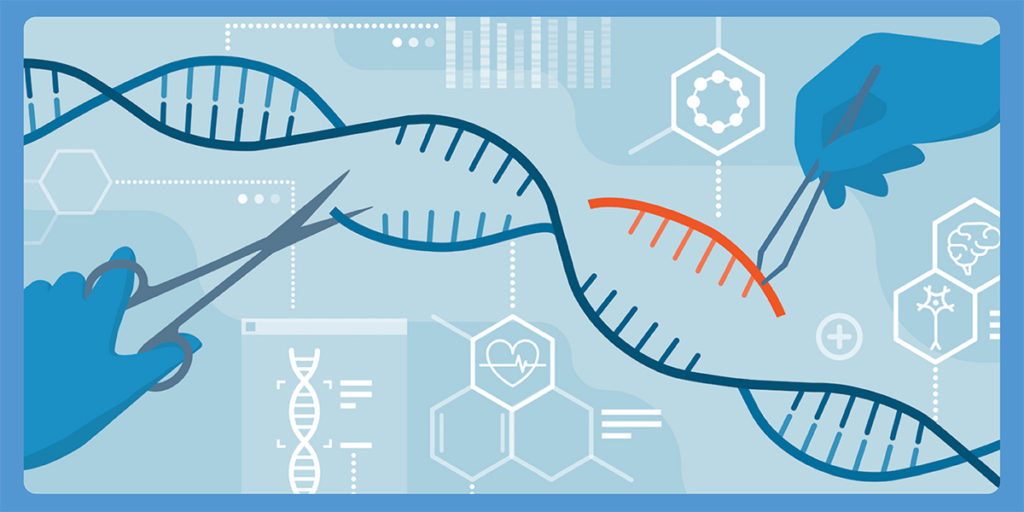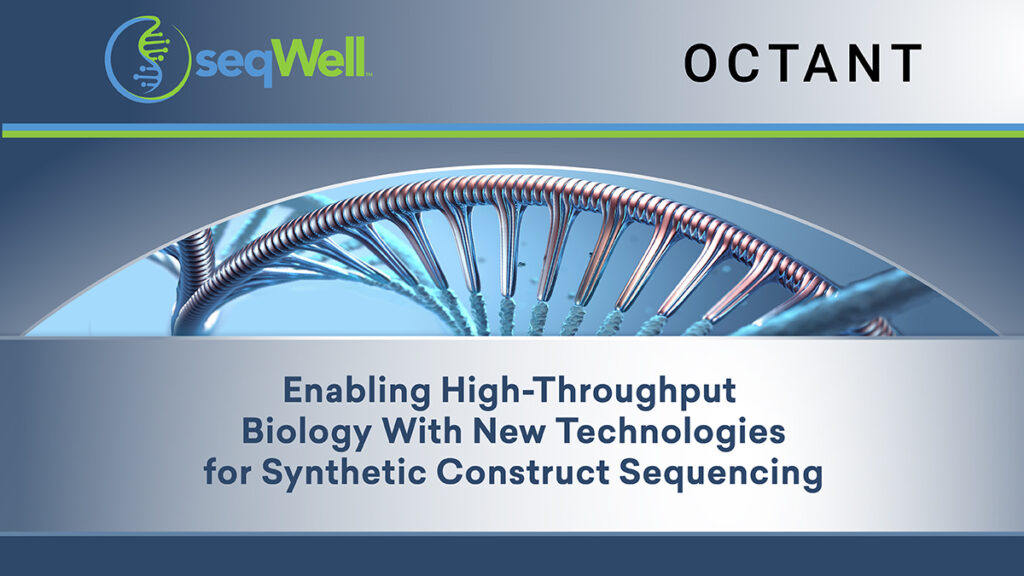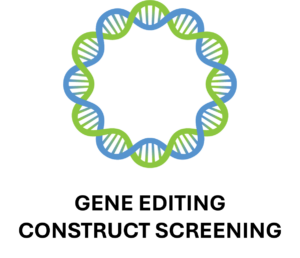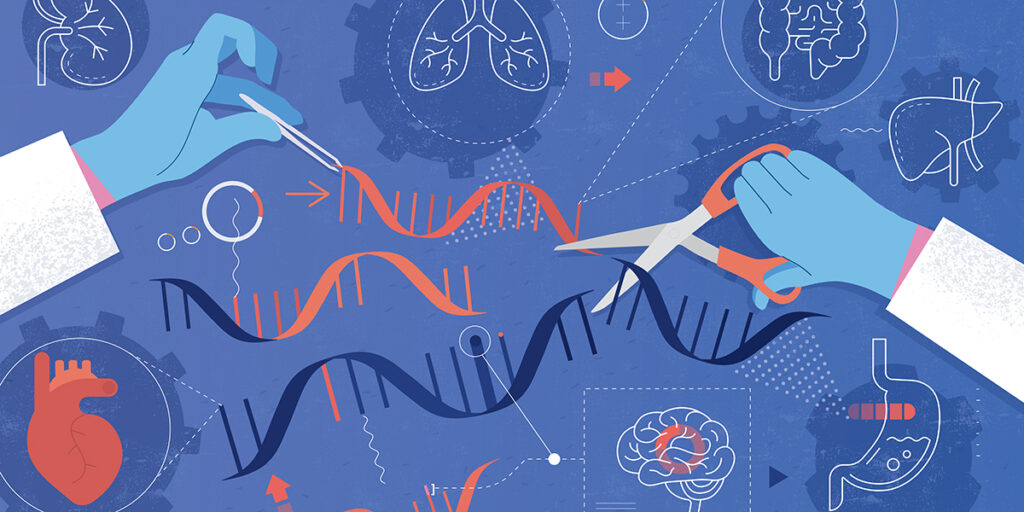Bring Confidence to a World of Gene Editing QC Uncertainty
How confident are you in your gene editing results?
Gene editing tools like CRISPR, transcription activator-like effector nucleases (TALENs) and zinc finger nucleases (ZFNs) have the potential to transform lives. Performing gene editing quality control (QC) to eliminate errors, however, is crucial to ensuring research integrity and patient safety.
seqWell offers several workflow solutions to drive simple, scalable and reliable sequence analysis to accelerate your gene editing efforts with peace of mind.
- Tagify adapter-loaded transposases for On-target/Off-target gene editing QC
- ExpressPlex 2.0 library preparation for high throughput gene editing construct screening
On-target, Off-target Gene Editing QC
Tagify Adapter-Loaded Transposase for Reliable Tagmentation
On- and off-target gene editing events can take many forms including small and large insertions and deletions, inversions and translocations – all of which must be characterized. The development of standardized gene editing QC methods, however, is in its infancy, particularly for off-target analysis. Researchers must sort through a variety of published and unpublished methods, often facing a lack of consistent sources of quality reagents.
Ensure the critical reagents in your tagmentation-based gene editing QC assays provide the quality, scalability, and reliability that you need. Tagify reagents are fully-QC’ed, ready-to-use or custom-loaded hyperactive Tn5 or TnX – our next-generation transposase.
Tagify reagents are compatible with gene editing applications* like UDiTaS, RGEN, TTIS-seq, CHANGE-seq and others.
*Some transposase-based methods require licenses for use
Shorten the Gene Editing QC Process
“We’ve been asking for this. What’s great about Tagify is that it allows you to look at a specific place in the gene, and adapter concentration is taken care of. This system is really important because it provides us this opportunity to assess the consequences of gene editing in a semi-unbiased way. It shortens our process, makes it much more controlled, and lessens the amount of reagents we need to use.”
– Athea Vichas, Ph.D., Senior Principal Scientist of Gene Editing Analytical Development, Bristol Myers Squibb

WEBINAR
Assessing CRISPR On-Target Editing and Structural Changes
In this webinar, Dr. Giannoukos highlighted how her team combined a custom Tagify reagent with their UDiTaS method to measure large deletions and inversions at the CEP290 editing site.
Gene Editing Construct Confirmation
ExpressPlex 2.0 Library Prep Kits for High Throughput Construct Screening
Shift your benchtop NGS sequencer into overdrive to verify your gene editing constructs at unprecedented speed using 90-minute workflows that are optimized for simplicity, automation compatibility, and massive sample multiplexing of up to 6144 samples in a single sequencing run. ExpressPlex workflows are compatible with rolling circle amplification (RCA) and colony PCR to further accelerate colony-to-sequence data to less than 24 hours.

WEBINAR
High-throughput Construct Screening
The game-changing capabilities of ExpressPlex were highlighted in a webinar collaboration with the synthetic biology team from Octant Bio, a drug discovery company located in Emeryville, CA. Octant’s Henry Chan, PhD (Synthetic Biology Lead) and Bryan Jiang (Research Associate) discussed the application of ExpressPlex to the high-throughput plasmid sequencing platform that powers Octant’s therapeutic discovery platform.
ExpressPlex is a Game Changer
“ExpressPlex is literally faster than Sanger. This changes everything for us. Basically, taking a two-day process to one day dramatically shortens time to data.”
– Henry Chan, Ph.D., Synthetic Biology Lead, Octant Bio
Learn More With These Blogs
seqWell’s “workflow engineering” approach builds on our core reagent expertise to create streamlined products that deliver cutting-edge integrated workflows. Contact us for assistance with ordering the right product for your research.




